- Learning time
- 30 minutes
- First play time
- 120 minutes
Clank! In! Space!
Designed by: Paul Dennen
Very much like it’s predecessor Clank! the cosmic-themed version Clank! In! Space! tells a tale of a heist: luck-pushing, risk, and deck-building.
The board has a random set-up but always represents a spaceship: players start at one end of the ship and must make their way to the other in order to steal one of the (six) available artifacts. There are things to help as you go, such as secrets to be found in various locations, gifting you with extra movement, health or points. But there are also things that hinder you, such as monsters and the titular clank: the noise you make as you travel around, arousing the attention of the boss monster. Clank – represented by cubes of individual player colours – is collected on the board. At certain moments, the accrued clank gets thrown in a bag and several are drawn out: if they are your colour, you take damage to your health: if your health reaches maximum damage, you may be out of the game (it’s possible to still score if you’re back in a safe part of the ship)
So the goal is to grab an artifact and make it back to an escape pod. But before you can do that, you have to hack the code to reach the part of the ship they sit in, which means going to different parts of the ship and taking free actions to get the two parts of the code you need.
There are several artifacts, and the more valuable ones are tougher to get to. On a turn by turn basis, though, Clank’s very simple: you draw five cards from your deck and spend them in whatever order you like, referencing the symbols on the card: Boots are for movement. Swords are for battle (some paths contain baddies and having swords prevents you from taking damage). Experience is for getting more cards, which is really the juice of Clank: everyone is continuously improving their deck from an available display of face-up cards on the table: more and better numbers and individual card actions. In addition to that, there’s also money to be had from defeating monsters: and if you’ve got money, you can go to a market space in the ship and buy helpful things, such as a skeleton key that gets you through otherwise-inaccessible passages, or the vortex pass to use the beam-me-up style movement from place to place, instead of being beholden to geography. BUT! as mentioned above, certain things trigger the boss monster to attack, such as code-cracking and artifact removal. As the game ramps up so these attacks become more frequent, and more powerful, meaning everyone faces a dilemma: get a cheap artifact and exit quickly, or push your luck and go for a better one? When the game ends, all survivors compare wealth from artifacts, market items, upgraded cards and money: the most wins!
The guru's verdict
-
Take That!
Take That!
There are a few edge-cases where cards target other players, but most of the damage is done inadvertently, drawing clank cubes randomly from a bag.
-
Fidget Factor!
Fidget Factor!
High on a first exploratory play, dropping to pretty low.
-
Brain Burn!
Brain Burn!
Mostly a tactical burn, figuring out the best use of your cards (and trying to dump the noisy ones) as well as the high risk/low risk strategic options.
-
Again Again!
Again Again!
Players always begin with the same (small) deck of cards, but how your deck develops varies from game to game. The board set-up is random, and so is the deliciously agonising drawing-of-cubes to see who is taking damage.


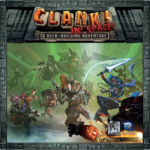
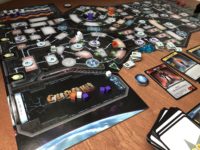
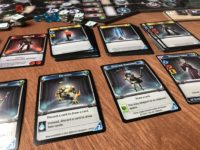
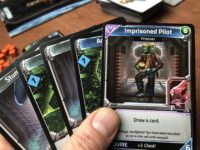




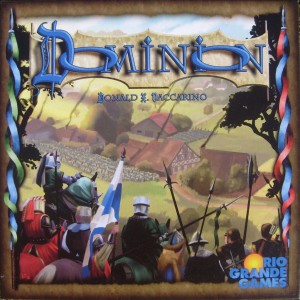
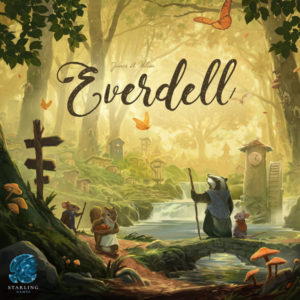
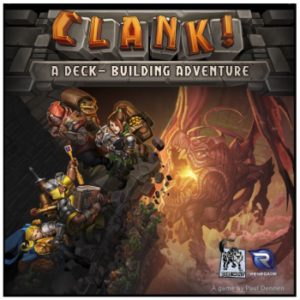
Sam says
As nuts as it all sounds, Clank is genuinely not a complicated game: get three or four players who've played it once already and the second game will last an hour or so - it's super-speedy, and far more accessible than we've made it sound. I think it has the edge on it's predecessor, but they're both good value: although I never pine to play deckbuilding games in a really big way, there is something very satisfying about building your own deck of cards and seeing a brilliant hand come up that super-charges your progress on the board. Fun!